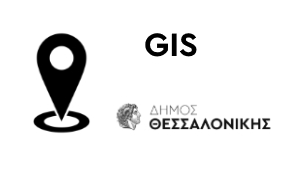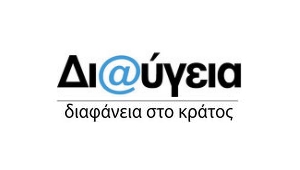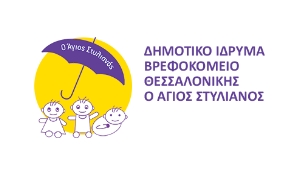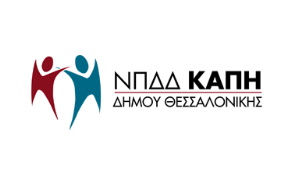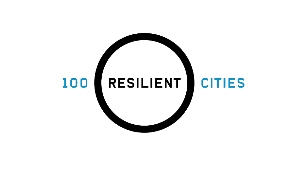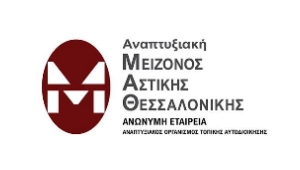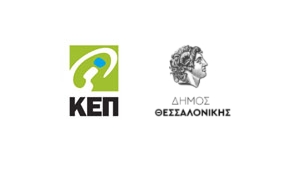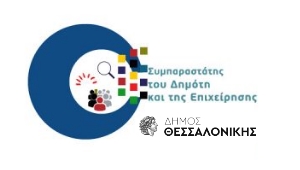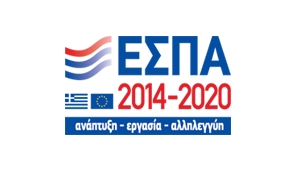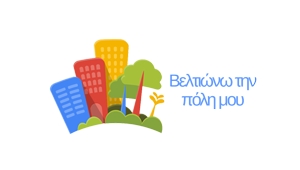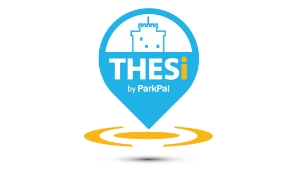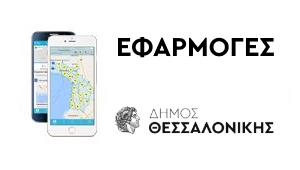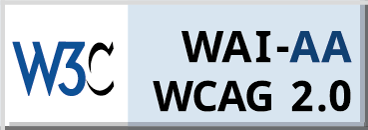Museums
30 Museums
Most important Museums : Archaeological, Byzantine, State Museum of Contemporary art. It’s collection includes 1.275 masterpieces of prominent Russian Avant Garde artists.
Roman Monuments
Palace complex of the Roman Caesar Galerius Valerius Maximianus Navarinou Square. Its construction began in the late 3rd – early 4th century AD. It is one of the most important monuments of Late Antiquity, the only one of its kind preserved in Greece. Monumental structures that served as an imperial residence have been excavated.
Galerius’ Triumphal Arch Camara. (305 AD). Constructed to commemorate the victory of Galerius over the Persians. Its intricate relief scenes depict battles and victories in that war, expressing the omnipotence and unity of the Tetrarchy leaders.
Byzantine Monuments (Unesco world Heritage sites)
Church of Aghios Dimitrios – Crypt 97 Aghiou Dimitriou Street. Built on the ruins of a Roman bath complex.Demetrius, an officer in the Roman Army, was imprisoned and martyred there in 303. The original small bethel was succeeded by a Basilica church. It was destroyed almost completely in the fire of 1917 and rebuilt between 1918 and 1948. The church, dedicated to the patron saint of Thessaloniki, is one of worship and is renowned for its mosaics that survived the great fire of 1917. Eleven anathematic mosaics of the 5th, 7th and 9th century are preserved at the two pillars of the chancel and at the western wall of the central aisle. Beneath the transept of the Church is the Crypt, which, in the Late Byzantine Era, was the centre of the Saint’s miraculous myrrh production. It currently houses an exhibition primarily consisting of Early Christian and Byzantine sculptures.
Church of Panayia Chalkeon Junction of 2 Chalkeon Street & Egnatias Street. (1028). This church was built in and named after the coppersmiths district by Christophoros Protospatharios, Katepano (Governor) of Lagouvardia, his wife Maria and his children Nikiphoros, Anna and Katakali, as a sepulchral chapel.
Church of the Acheiropoietos 56 Aghias Sofias Street. (5th century). Built as a three-aisled wooden-roofed basilica with a narthex and gallery over the ruins of a Roman bath complex. Its interior is distinct for its architectural sculptures on the colonnades separating the three aisles. Excellent mosaics are also preserved on the intrados of the colonnade arches, the galleries and the trivelon (arcade) in the narthex.
Church of Aghia Sophia Aghias Sophias Square. (late 7th-early 8th century). This church is dedicated to Christ, the true Word and Wisdom of God and was built at the location of a large 5th century Early Christian Basilica. A typical example of a domed transitional cross-in-square church with a peristoon, in imitation of the Aghia Sophia in Istanbul. The mosaic decor in its interior testifies to the high intellectual and artistic level of the city throughout the centuries.
White Tower. White Tower is at the meeting point between the marine and eastern land wall. The tower, in its present-day form, was built in the 15th century as a part of the modernisation of fortifications, replacing an older Byzantine tower. It currently houses the City Museum.
Rotunda. Aghiou Georgiou Square. Originally built as a pericentric building along the sacred road connecting the triumphal arch of Galerius with the palace complex, the building, possible of a worshipping and secular-administrative character, served the needs of the palace complex or was a monument dedicated to the glory of Constantine. In the 5th century, it was converted into a Christian church dedicated to the Aghioi Asomatoi or the Archangels. Its excellent mosaic decor covers the arches of the conches and the intrados of the windows and dome in three zones.
Ottoman Monuments
Bey Hamam – Loutra Paradissos Junction of Egnatias Street & Aristotelous Street. (1444). Built by Sultan Murad II. It was the first bath to be built after the occupation of the city by the Ottomans and was the largest double bath in Greece, with independent sections for men and women.
Yeni Hamam (Aegle) Junction of Kassandrou Street & Aghiou Nikolaou Street (late 16th century).A small Ottoman bathhouse. It was built by Hüsrev Kedhuda, manager of glebe properties in Thessaloniki. It belongs to the double bath type, with separate sections for men and women, and a three-section plan. It suffered significant damage due to its use as a cinema.
Alaca Imaret 91-93 Kassandrou Street. (1484). Built by Ishak Pasha, Grand Vizier under the rule of Mehmed II and administrator under the rule of Bayezid II. Based on its architectural type, it belongs to the category of early Ottoman mosques with a reverse-T plan with a central area, lateral compartments on the western side and a pillared arcade.
Yeni Camii (Old Archaeological Museum) 30 Archaeologikou Mouseiou Street. (1902). Built according to designs by Italian architect Vitaliano Poselli, in the then-European district of Pyrgoi, as a mosque for the Donmeh community (Jews who had converted to Islam). A characteristic example of 20th century eclectic architecture. In 1924, it housed the Archaeological Museum of Thessaloniki. It currently hosts cultural events.
House of Mustafa Kemal (Ataturk) 75 Apostolou Pavlou Street (within the premises of the Turkish Consulate). (1870). Erected by Muderri Hadji Mehmed Vakf. The founder of the Republic of Turkey is alleged to have been born here in 1881 and to have lived here until 1888. After the signing of the Treaty of Lausanne, the building became the property of the Greek State. It then became the property of the Municipality of Thessaloniki, which donated it to Mustafa Kemal. Since 1953, it has been operating as a museum and attracts many Turkish visitors to the city.
Jewish Monuments
Monastirioton Synagogue 35 Syggrou Street. (1927). The Monastioriton Synagogue (Synagogue of the Monastiriotes) was founded with a donation by Ida Aroesti in memory of her husband, Isaac. Families from Monastiri (present-day Bitola) who had settled in Thessaloniki after the Balkan Wars and World War I also contributed to the erection of the building. When the Jewish population of the city were transported to the Nazi concentration camps, the Synagogue was used by the Red Cross and thus escaped destruction. It remains in operation today, serving the religious needs of the Jewish Community.
Jewish Museum Junction of Venizelou Street & Aghiou Mina Street. (1906). The building was erected to function as a commercial gallery and the Bank of Athens was housed on its first floor. It is one of the few buildings in the city centre that survived the fire of 1917. It currently houses the Jewish Museum of Thessaloniki and is open to the public.
Agora Modiano Junction of 24 Ermou Street, Vassileos Irakleiou Street & Komnenon Street. (1922). The largest indoor market of Thessaloniki was built by architect Eli Modiano, a member of the renowned family that dominated the business life of the city. It is organised into arcades surrounded by lofts, in accordance with European standards of the time. At present, it remains the central marketplace of the city, with stalls selling meat, fish, spices and other wares, as well as tavernas and bars. Its condition urgently requires preservation work.
Unesco Monuments
Thirteen out of the fifteen Unesco monuments are prominent Byzantine Churches. Interesting fact : Most of those Byzantine Churches are still offering services to the pilgrims.


